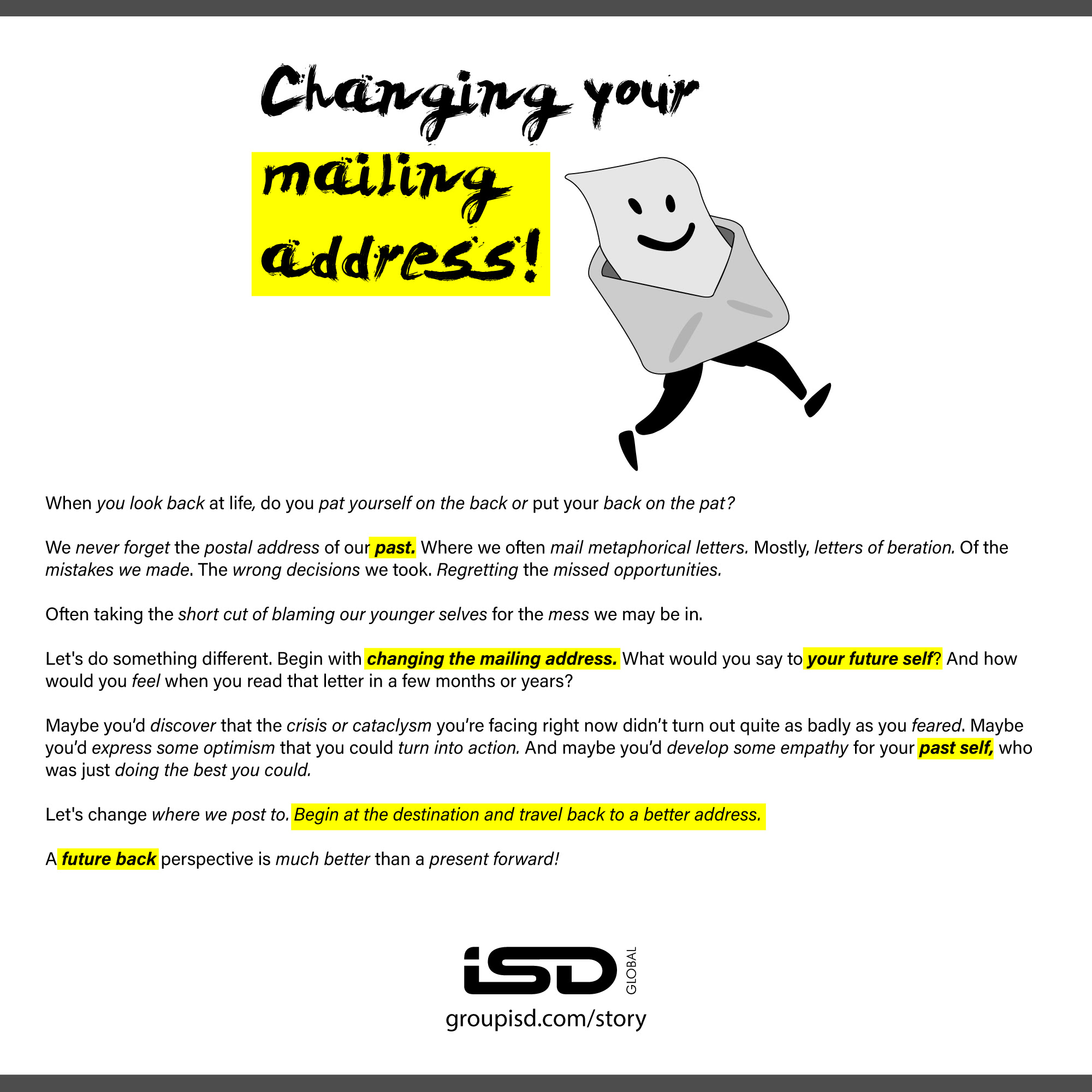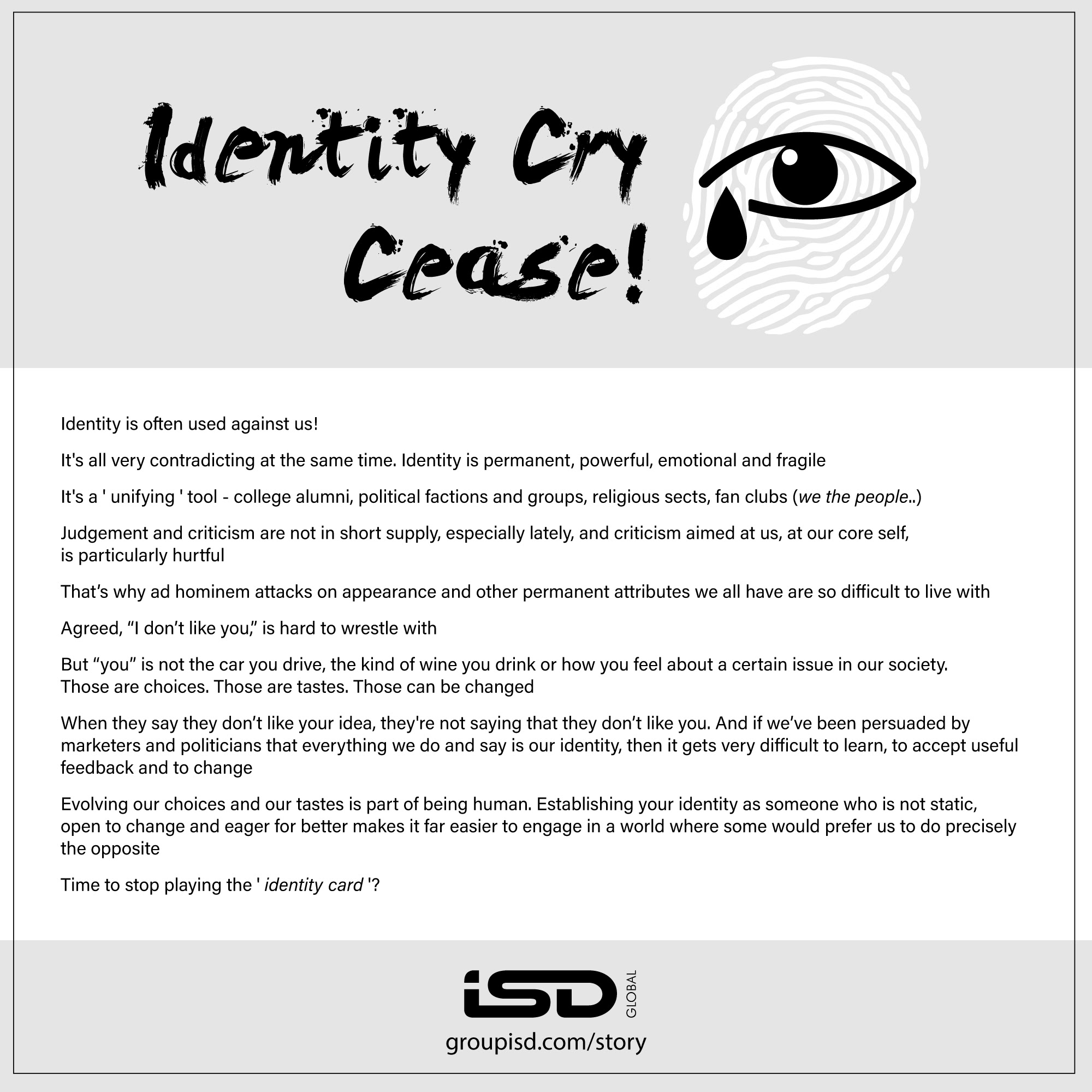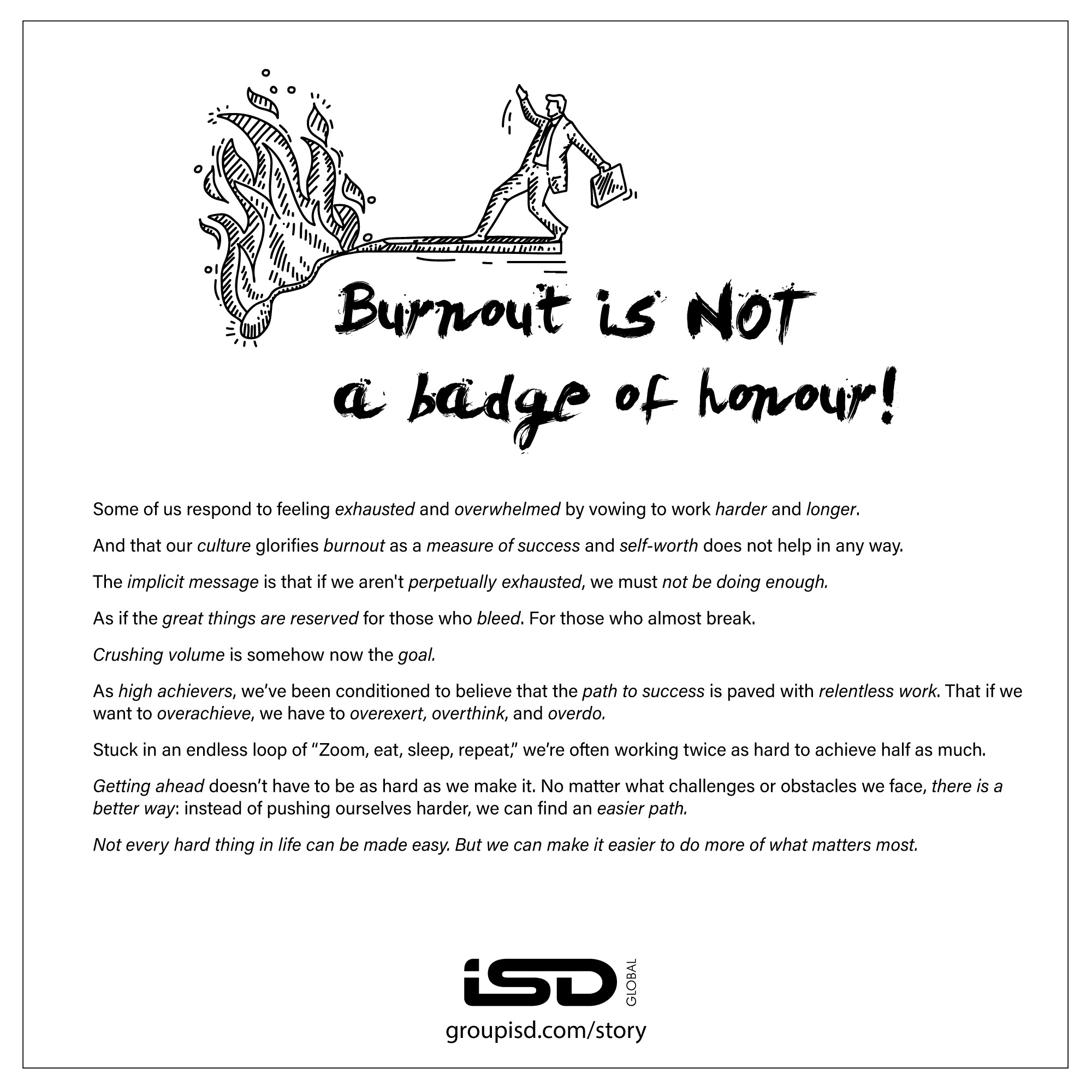THE BIG QUESTION IS THIS – In a world made numb by digital noise, what can any business or brand do to make itself relevant again? Why should anyone care?
Yes, I know the caption of this blog sounds audacious. Especially considering the speed, dynamism and unpredictability that surrounds us at all times. So, if you see this is hazarding a guess, you are spot on. Sticking my neck out, nonethless, and it is that time of the year where everyone is empowered to make predictions and forecasts. Here goes.
- One of the strongest aspects of the future of marketing is something that we can easily borrow from the past viz the need for a solid product or service. That is a given. Blue Ocean or Green Swan can be your strategy picks while doing so.
- It may sound contrarian but the conventional rote method of finding customers for your product or service will need to be relooked at. The better way would be to find products or services or solutions for your customers. You are welcome to see a detailed rant on this in the video on this link https://www.brandknewmag.com/dont-find-customers-for-your-products-find-products-for-your-customers/
-
ARE YOU WORTH A SPECIAL TRIP? It’s an era of Online upending – Now that more and more is ordered online or experienced online, the only trips that we take are special trips. If your brand | service or your place isn’t worth a special trip, it’s unlikely that the customer would be coming by any time soon!
-
WE ARE ALL NOMADS HERE. The best ideas come from outside your core vertical – something that we can define as ‘analogous inspiration’. To transform your industry, look at someone else’s. We would have thought that Hilton or IHG or Marriott would have lunched AirbNB or that Spotify or an ITunes would have been created by HMV or subscription would have remained the prerogative of media platforms- cars have been offered on subscription by Volvo for the past few years and the trend will continue.
-
CREATIVITY IS FUTURE PROOF – Creativity is human, it is global, it is technology-agnostic, it doesn’t discriminate. From people working at the bleeding edge of their fields to those others who bring humanity to technology and industry. The call to action in times to come will be for creatives to take control of our tomorrow. It helps recapture the feeling of optimism, not fear for the future. Because in the hands of creatives, we potentially have a future that is bright, progressive, diverse and equitable.
-
CAUTION: THE VALUE OF MARKETING IS NOT WHERE YOU HAVE BEEN TOLD IT IS – Marketing isn’t the act of getting people to buy what you’re paid to sell them . Time to reconsider your tired email lists, sneaky retargeting and costly pre-roll ads –Instead, reach for next-generation experiences that touch people’s hearts and move their minds. Give your audience genuine human emotions: goosebumps — quicken pulses, and they’ll never forget you.
- Leading in from the above point- AI driven content and experiences will play a significant role in the times to come. The sheer speed and accuracy with which content can be curated, created, aggregated and articulated using AI while keeping personalisation in view will be manna for heaven for marketers and brand owners. It will also align beautifully with an economy that is migrating from ownership to usership at a furious clip.
- The Metaverse and such other new ecosystems to have fun- From the Physical, Digital, Phygital and now the meta will offer inspiration to consumers and brands to explore, experiment and deliver | receive great experiences. Avatars that are either homogenous to existing real life personas or completely heterogenous to it will be the order of the day creating a zeitgeist of awe, surprise and the unexpected. The meta will offer the right crutch to address the opportunity as the brain remembers what it least expects, it will be able to deliver the unexpected and create lasting memories.
- Yours truly or the personal brand will become the heroines and heroes in the times to come. Augmented and validated by consistency, authenticity and relatability across platforms be it mainstream, digital, phygital or the meta. So, build and they should come.
-
THE CASTING OUCH – Your audience is|will be the hero. Let’s call them AWEdience! You are only the sidekick. They want to know how you can help them (WIIFM-WHAT’s IN IT FOR THEM?)..
NOT how great you are! - Speed will be a strategy: Organisations and brands that are leaden footed will get caught like a deer in the headlights. As boardrooms, debate, analyse and ascertain, there are others who are already walking the talk and engaging with their customers. Agility and speed in thinking , planning & executing will serve brands and organisations well.
These were some of the aspects of marketing that most interests me going forward. Happy to hear your thoughts. Thank you.
ENDS



